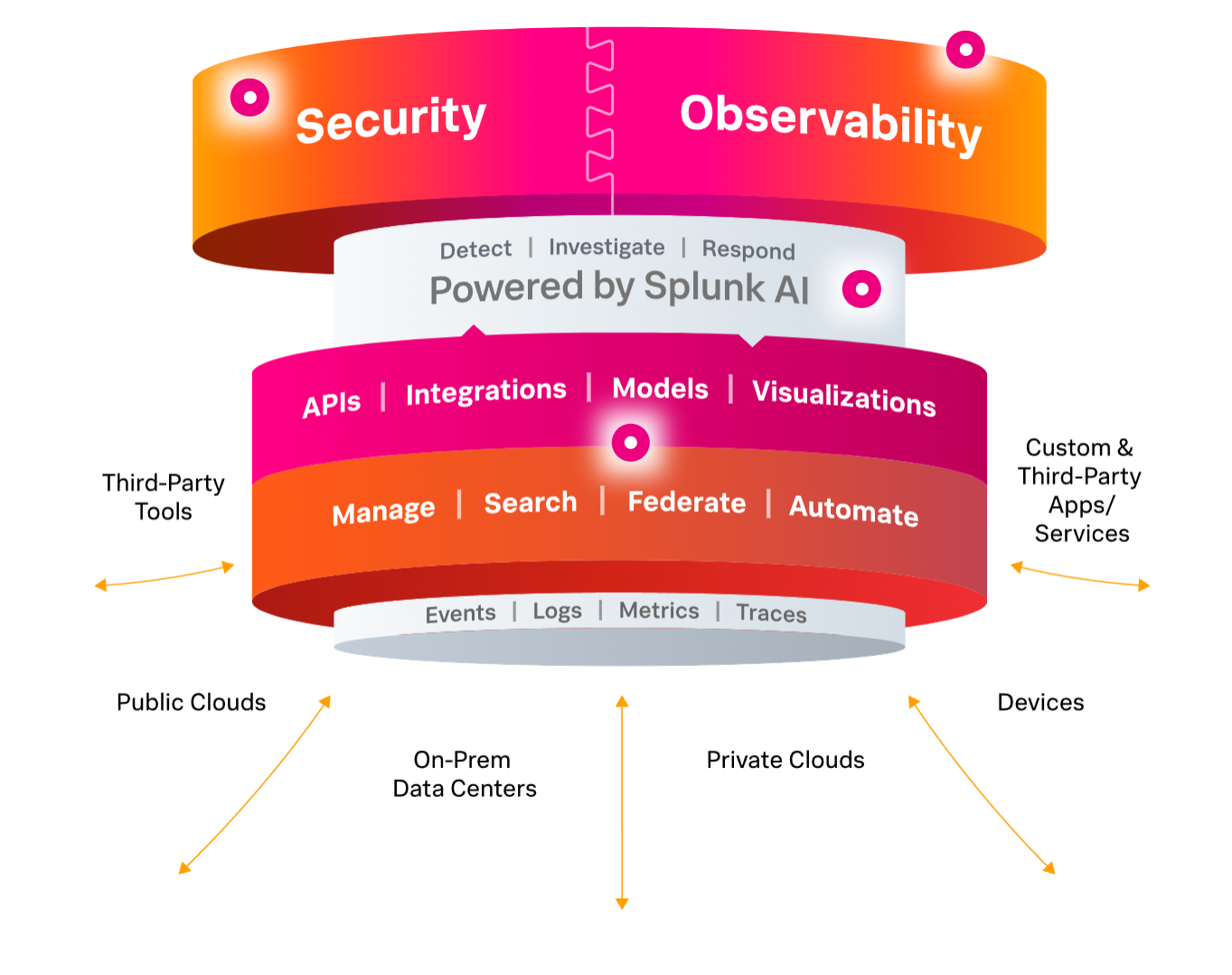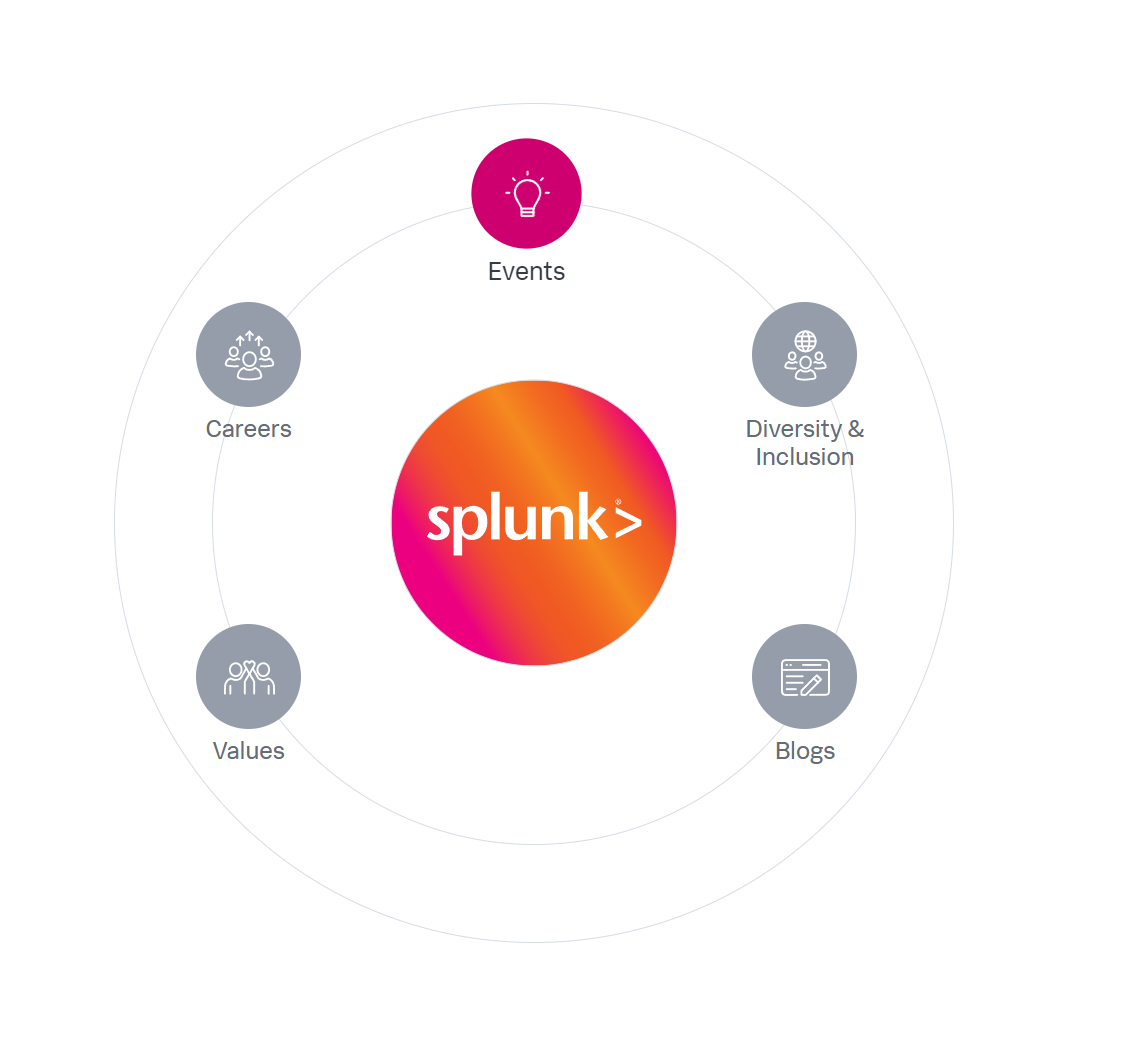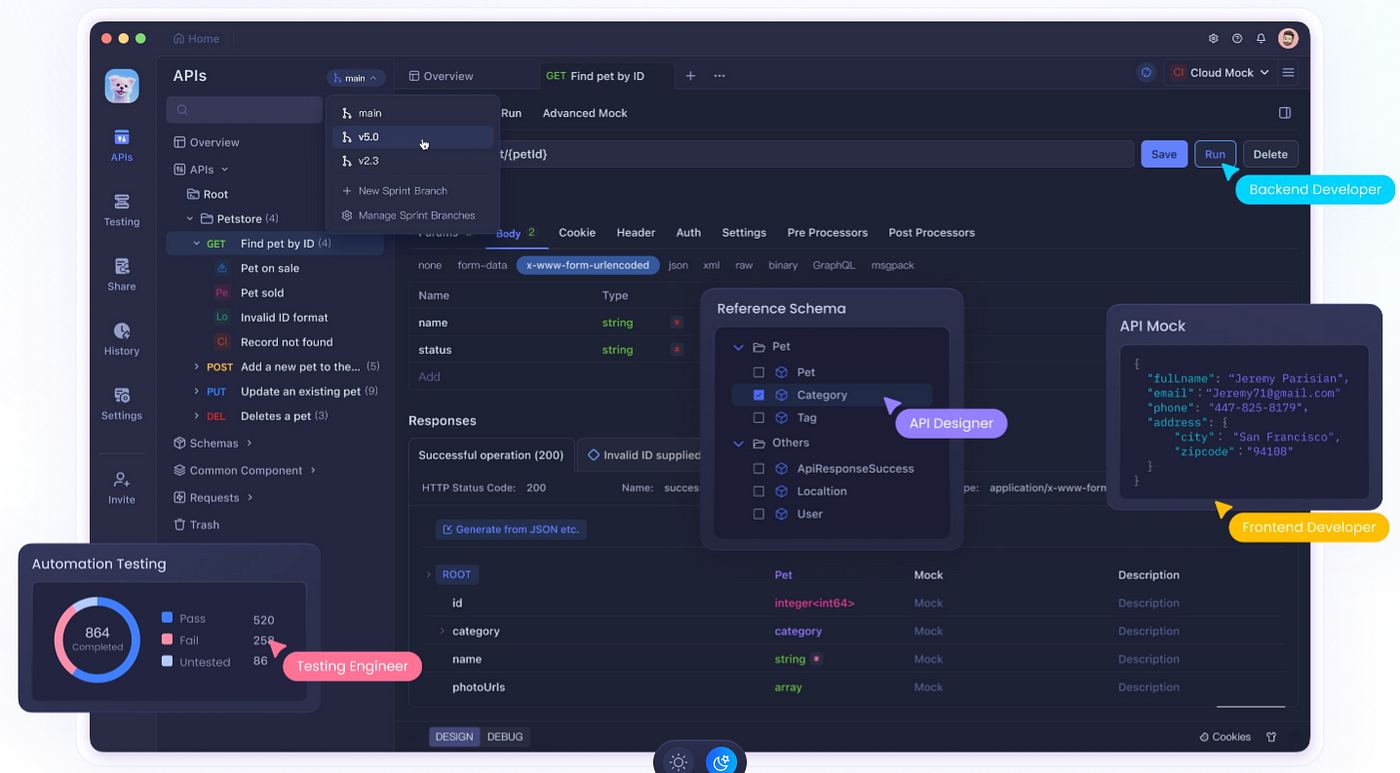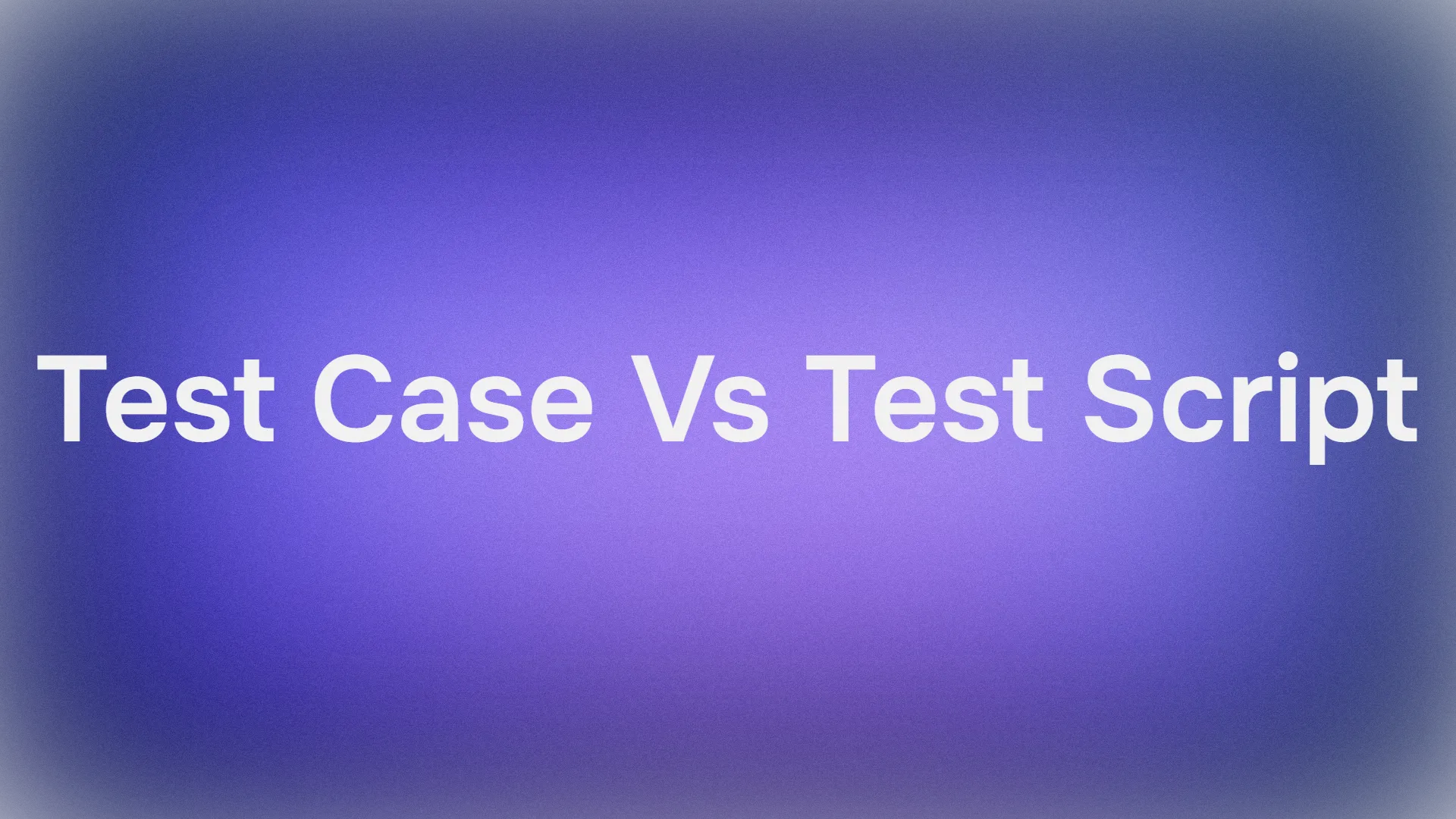Nowadays, efficient log management and analysis have become crucial for businesses of all sizes. Splunk, a leading platform for operational intelligence, offers a powerful API that allows developers to integrate its capabilities into their applications and workflows. However, like any technology, the Splunk API comes with its own set of advantages and inconveniences. In this comprehensive guide, we’ll explore both sides of the coin, helping you make an informed decision about implementing the Splunk API in your projects.
What Do You Know About Splunk API?
Before diving into the pros and cons, let’s briefly overview what the Splunk API is and how it works. The Splunk API is a RESTful interface that allows developers to programmatically interact with Splunk’s features and data. It enables tasks such as searching and analyzing data, managing Splunk configurations, and automating various processes within the Splunk ecosystem.
Advantages of the Splunk API
1. Seamless Integration and Automation
One of the most significant advantages of the Splunk API is its ability to integrate Splunk’s powerful data analysis capabilities into existing systems and workflows. This integration allows organizations to:
- Automate data ingestion from various sources
- Create custom dashboards and reports
- Trigger actions based on specific events or conditions
By leveraging the API, businesses can streamline their operations and reduce manual effort, ultimately increasing efficiency and productivity.
2. Scalability and Flexibility
The Splunk API is designed to handle large volumes of data, making it an excellent choice for organizations dealing with big data. Its scalable architecture allows you to:
- Process and analyze massive amounts of log data in real-time
- Adapt to growing data needs without significant infrastructure changes
- Customize data retrieval and analysis based on specific requirements
This flexibility ensures that the Splunk API can grow with your organization’s needs, providing a long-term solution for data management and analysis.
3. Powerful Search and Analytics Capabilities
At the core of Splunk’s functionality is its robust search and analytics engine. The API gives developers programmatic access to these capabilities, enabling:
- Complex queries using Splunk’s Search Processing Language (SPL)
- Real-time data analysis and visualization
- Advanced statistical analysis and machine learning integration
These features allow organizations to extract meaningful insights from their data, driving informed decision-making and improving overall business performance.
4. Enhanced Security and Compliance
Security is a top priority for many organizations, and the Splunk API offers several features to address this concern:
- Secure authentication using tokens or OAuth
- Fine-grained access controls to manage user permissions
- Audit logging to track API usage and maintain compliance

By providing these security measures, the Splunk API helps organizations protect their sensitive data while still allowing authorized access for analysis and reporting.
5. Extensive Documentation and Community Support
Splunk provides comprehensive documentation for its API, including:
- Detailed endpoint descriptions
- Code examples in multiple programming languages
- Best practices for API usage and optimization

Additionally, there’s a large and active community of Splunk developers who share knowledge, tips, and custom solutions. This wealth of resources can significantly reduce the learning curve and help developers quickly implement Splunk API integrations.
Splunk API Weakness
While the Splunk API offers numerous benefits, it’s essential to consider some potential drawbacks:
1. Complexity and Learning Curve
The Splunk API, while powerful, can be complex to master. Some challenges include:
- Understanding Splunk’s unique data model and terminology
- Learning Splunk’s Search Processing Language (SPL)
- Navigating the extensive API documentation
For developers new to Splunk, there may be a significant learning curve before they can effectively utilize the API’s full potential.
2. Performance Considerations
While Splunk is designed to handle large volumes of data, improper use of the API can lead to performance issues:
- Poorly optimized queries can result in slow response times
- Excessive API calls may impact overall system performance
- Large result sets can consume significant bandwidth and resources
Careful planning and optimization are necessary to ensure that API usage doesn’t negatively impact your Splunk deployment’s performance.
3. Cost Implications
Splunk’s licensing model is based on the amount of data indexed per day. Heavy use of the API for data ingestion or frequent searches can potentially increase costs:
- Increased data indexing may require upgrading to a higher license tier
- Additional hardware resources may be needed to handle increased API traffic
- Development and maintenance of custom integrations can add to overall costs
Organizations need to carefully consider their API usage patterns and factor in potential cost increases when planning their Splunk implementation.
4. Version Compatibility and Maintenance
As Splunk evolves, API endpoints and functionality may change. This can lead to:
- Compatibility issues between different Splunk versions
- The need to update custom integrations to support new API versions
- Potential disruptions in workflows if API changes are not properly managed
Regular maintenance and testing are crucial to ensure that your Splunk API integrations remain functional across version upgrades.
5. Limited Real-time Capabilities
While Splunk offers near real-time data analysis, there are some limitations when it comes to true real-time processing:
- There’s a slight delay between data ingestion and availability for searching
- Real-time alerts may have a small latency depending on search frequency
- Continuous real-time data streaming can be resource-intensive
For applications requiring immediate, millisecond-level responsiveness, additional solutions may need to be considered alongside Splunk.
Best Practices for Leveraging the Splunk API
To maximize the advantages and mitigate the inconveniences of the Splunk API, consider the following best practices:
- Optimize Your Queries: Carefully craft your SPL queries to ensure efficient data retrieval and processing. Use time range limitations and appropriate search commands to minimize resource usage.
- Implement Caching: For frequently accessed data or reports, implement caching mechanisms to reduce the load on your Splunk deployment and improve response times.
- Use Batch Operations: When possible, use batch operations for tasks like data ingestion or configuration changes to reduce the number of API calls and improve overall performance.
- Monitor API Usage: Implement logging and monitoring for your API calls to track usage patterns, identify potential issues, and optimize your integration over time.
- Stay Updated: Regularly review Splunk’s API documentation and release notes to stay informed about changes and new features that could benefit your implementation.
- Leverage SDKs: Utilize official Splunk SDKs for your preferred programming language to simplify API interactions and ensure best practices are followed.
- Implement Error Handling: Robust error handling in your API integrations will improve reliability and make troubleshooting easier.
Enhancing Your Splunk API Experience with Apidog
While the Splunk API offers powerful capabilities, managing and testing API integrations can be complex. This is where tools like Apidog can significantly streamline your development process.
Apidog is a comprehensive API development platform that offers a range of features to simplify working with APIs like Splunk’s:
- API Design and Documentation: Easily design and document your Splunk API integrations, ensuring clear communication between team members and stakeholders.
- Automated Testing: Create and run automated tests for your Splunk API endpoints, ensuring reliability and consistency in your integrations.
- Mock Servers: Use Apidog’s mock server functionality to simulate Splunk API responses during development, allowing you to progress even when you don’t have immediate access to a live Splunk environment.
- Environment Management: Manage different environments (e.g., development, staging, production) for your Splunk API credentials within Apidog, making it easy to switch between them during development and testing.
- Collaboration Tools: Share your Splunk API designs and test results with team members, fostering better collaboration in your integration projects.
- Performance Monitoring: Monitor the performance of your Splunk API integrations, helping you identify and resolve issues quickly.
- Security Testing: Implement security tests for your Splunk API integrations, ensuring that your implementations adhere to best practices and don’t introduce vulnerabilities.

With Apidog alongside the Splunk API, you can significantly streamline your development process, improve collaboration, and ensure the reliability of your integrations.
Conclusion
The Splunk API offers powerful capabilities for data analysis, integration, and automation. Its advantages in terms of scalability, flexibility, and advanced analytics make it an attractive option for organizations looking to leverage their log data for business insights. However, the potential complexities, performance considerations, and cost implications should be carefully weighed.
By understanding both the advantages and inconveniences of the Splunk API, organizations can make informed decisions about its implementation and usage. Proper planning, adherence to best practices, and the use of supporting tools like Apidog can help maximize the benefits while mitigating potential drawbacks.
Ultimately, the Splunk API can be a valuable asset for businesses seeking to harness the full potential of their data. With the right approach and tools, organizations can overcome the challenges and unlock the true power of their log data, driving innovation and informed decision-making across their operations.



